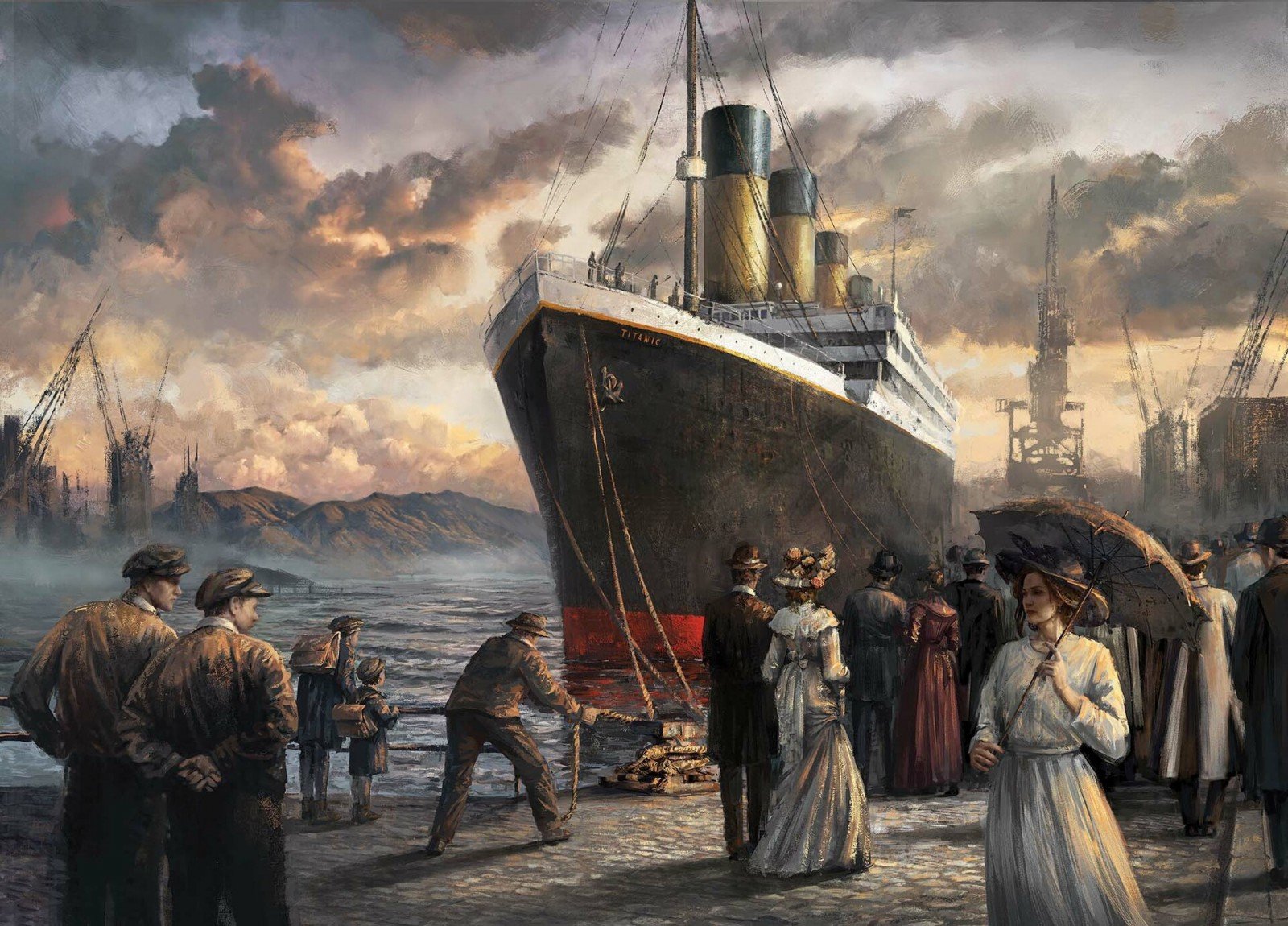Before the Titanic sinking, ocean liners encountered more icebergs than usual in the North Atlantic
Icebergs were a common sight between Ireland and Newfoundland, but a 2014 study published by the Royal Meteorological Society suggested that weather conditions produced more of them than average in April 1912. Freezing air from northeast Canada met the southward flow of the Labrador Current off the coast of Newfoundland, leading to a stream of icebergs that were swept farther south than was typical for most of the 20th century. “In 1912, the peak number of icebergs for the year was recorded in April, whereas normally this occurs in May, and there were nearly two and a half times as many icebergs as in an average year,” the authors wrote.
On April 14, 1912, the Titanic received several wireless messages from other ships warning of ice along their routes, but they never reached the Titanic’s captain.

Read more on the next page...